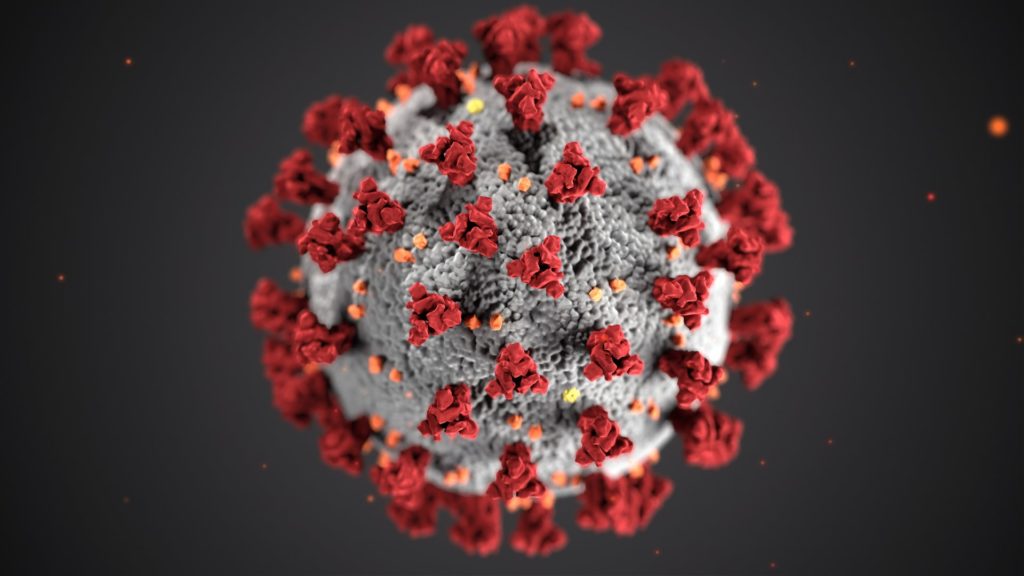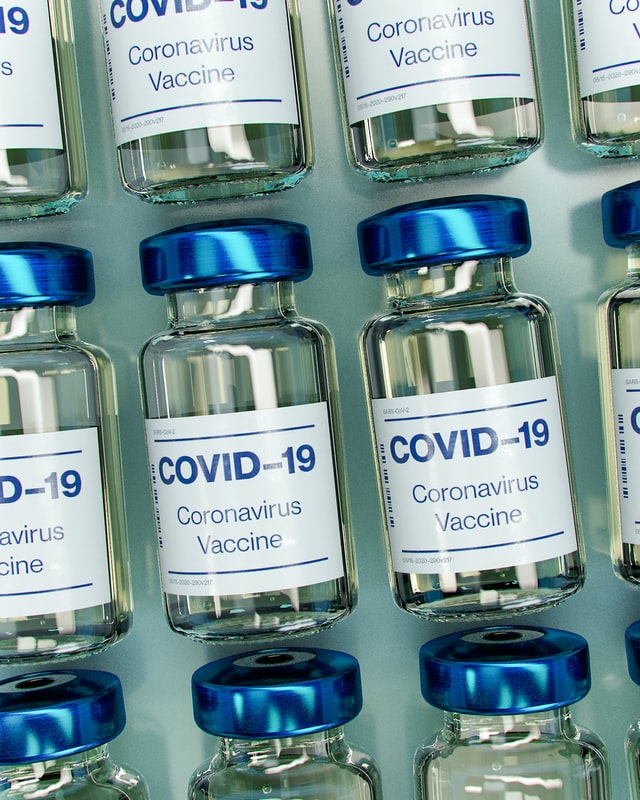The pandemic continues to loom over the whole world, and it is showing no signs of stopping or slowing down. Recently, the COVID-19 virus has continued to evolve and branch out into variants.
The latest variant afflicting the world today is the Omicron Variant.
This comprehensive guide will help both locals and expats understand this new Omicron version of the virus, as well as how to protect themselves from it. Learn about the symptoms, prevention, and treatment of COVID-19 in this article.
Updated information about this pandemic is constantly being released, so be sure to check back for the latest news.

What is the Omicron Variant?
While the Omicron variant is a branch of the COVID-19 virus, it is different from other variants in many ways. This Omicron version of the pandemic affects mostly people between their early twenties to late thirties. Unlike most diseases, Omicron targets vulnerable groups instead of spreading quickly through schools and community centers.
Omicron Variant also has a much higher mortality rate than other types of COVID-19. On average, Omicron kills about fifty percent more people than any other variant.
The camps are divided when it comes to whether or not Omicron will spell the the continuous propagation of the virus, or if it shows that the pandemic is ending.
Some parties suggest that the virus will keep on mutating into various other variants. On the other hand, other experts see the lesser symptoms joined with the continual vaccinations of the people as a path towards the end of the pandemic.
Omicron to Date: Data on the New Variant
In an effort to monitor and learn more about the new variant, various agencies have been keeping track on data stemming from it.
Since December 2021, Omicron has become more present and common in numerous countries. In Europe alone, Omicron has become the most dominant variant, emerging and propagating in countries such as Spain, Sweden, Austria, France, and the Netherlands just to name a few.
This growth in Europe is reflective of the current state of many other countries around the world.
Data collected from European countries also helps to shed light on how it operates. The data suggests that the average range of people afflicted by Omicron is between 20 to 33 years of age. Only about 7% were aged above 60 years of age.
Of the cases recorded, over 70% were shown to be symptomatic, with the rest not showing any symptoms at all.
The outcomes of people who contracted the various were also mixed. The cases were approximately split between hospitalization and death. This only further illustrates the unpredictable nature of Omicron. More importantly, it shows how vital it is to stay healthy and avoid any COVID-19 variant at any cost.

Omicron Symptoms
The Omicron variant is a much different type of strain than any other. Omicron targets people in the early stages of their twenties to thirties. Because Omicron is so rare, many doctors have had no experience with it and do not know how to handle cases involving Omicron Variant on their own.
The symptoms include:
- Fever
- Headaches
- Dizziness
- Weakness/Fatigue
- Vomiting/Nausea
- Shortness of breath
- Diarrhea
Oftentimes these symptoms are mistaken for simple flu symptoms. However, Omicron can be identified very quickly with its rapid onset and violent behavior (compared to flu symptoms).
These Omicron symptoms usually escalate very fast, never reaching a plateau and constantly getting worse throughout the day. Oftentimes, people will pass out from Omicron or other Omicron Variant due to their high fever and weakness.
The Omicron variant can become fatal in just hours if it is not treated quickly. When left untreated, Omicron leads to seizures within two hours after onset of Omicron symptoms. Seizures last for about fifteen minutes on average, but they can get much longer depending on how long it takes for Omicron victims to receive medical treatment.
Prevention: How to Stay Omicron-Free
The Omicron Variant is becoming more and more prevalent worldwide. If you are living, working, or studying in an Omicron hotspot, it is important to be aware of how to avoid Omicron at all costs. This section will list the ways that people can prevent Omicron infection.
Vaccines
During Omicron outbreaks, vaccines will become available early on during the pandemic’s onset so that local citizens have access to them right away.
Currently, there are no Omicron vaccines out on the market for international use because Omicron doesn’t affect foreigners very often.
However, many doctors recommend staying up-to-date with Omicron vaccinations because Omicron seems to be starting to become more and more prevalent worldwide.

Quarantine for Omicron Symptoms
It is not recommended by health officials that Omicron victims stay at home during an Omicron outbreak because the virus will most likely spread quickly.
Instead, it is best if Omicron victims go straight to a quarantine center, or quarantine themselves at home, while they are experiencing Omicron symptoms.
At the same time, if anyone is feeling any symptoms, it is recommended that they get tested immediately.
Take Precautions When in Public Areas
Many Omicron victims report that they contracted Omicron by simply being in a room where OMCV was present. Oftentimes, Omicron will spread through the air and infect anyone who is not immune to it.
It is best if Omicron victims avoid large crowds of people during OMCV outbreaks because OMCV can easily spread from person-to-person when there are lots of people together in one place.
If going out is unavoidable, it is always best to stay cautious by wearing a mask. Additionally, travel during the pandemic should be limited, with the utmost precautions taken.
Clean Hands
Many studies show that Omicron can be prevented by washing your hands frequently with anti-virus soap. Most doctors recommend the vigorous use of hand sanitizer for Omicron prevention at all times because so many cases have been traced back to infected individuals touching other objects around them and then touching their mouth or nose.
Oftentimes, the Omicron variant is transmitted through the air when Omicron victims simply cough or sneeze because OMCV sticks to fluid more than anything else.
Omitting Omicron From Your Lives
Despite the pandemic being present for a few years, it is no time to take it easy and lower one’s guards. Any variant has unpredictable effects. People should always be cautious around any kind of variant that pops up.
If you are an expat living in the Philippines, one of the best things that you can do is invest in healthcare and insurance. This way, if anything does happen, you’ll be ready.
Protect yourselves, stay Omicron-free, and survive until we can live normally once more and enjoy the Philippines as it was meant to be experienced.




